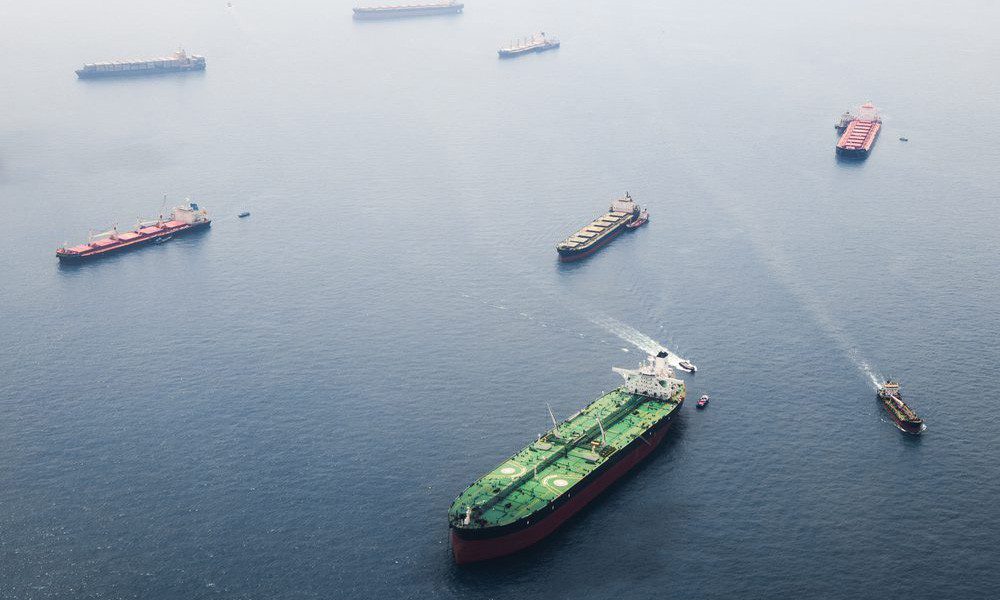The International Council on Clean Transportation (ICCT) has published a new report analyzing greenhouse gas (GHG) emissions from shipping for the years 2016 to 2023.
In 2017, ICCTpublished a report on global ship emissions from 2013 to 2015. Building on that analysis, the new report assesses emissions over 2016–2023 using updated, state-of-the-science methods, providing new insights into the maritime shipping sector’s climate and environmental performance.
In 2023, global shipping emitted 911 million tonnes (Mt) of tank-to-wake (TTW) carbon dioxide equivalent emissions using 100-year global warming potentials (CO2e100), or 925 Mt using 20-year global warming potentials (CO2e20). About 86% of CO2e100 emissions were from international shipping, with another 10% from domestic shipping and 4% from fishing activities. Between 2016 and 2023, global shipping’s share of anthropogenic CO2e100 emissions remained stable at 1.7%.
In terms of CO2, between 2017 and 2023, shipping accounted for an estimated 2.3% of anthropogenic CO2 emissions each year, up from 2.2% in 2016. If black carbon (BC) is included, total shipping TTW CO2e100 emissions increase to 989 Mt, with BC accounting for 8%. Considering 20-year GWPs, total shipping emissions rise to 1,205 Mt CO2e20, with BC representing 23%.
From 2016 to 2023, global CO2e100 emissions from shipping grew by 12%, or a compound annual growth rate (CAGR) of approximately 1.4%. The onset of the COVID-19 pandemic temporarily interrupted a steady increase in emissions from the sector: The year-on-year growth rate of global CO2e100 emissions was -3.2% between 2019 and 2020, but it rebounded to +3.2% between 2020 and 2021.
Among all GHGs analyzed, methane (CH4) emissions increased the most due to rapid growth in the use of liquefied natural gas (LNG) as a marine fuel. Methane emissions from LNG-fueled ships were more than 2.5 times higher in 2023 than in 2016, as the number of LNG-fueled ships more than doubled and the use of LNG as a marine fuel grew by more than 80%.
The higher growth rate of methane emissions compared to LNG use reflects a shift away from using LNG in steam turbines towards using LNG in dual-fuel internal combustion engines, which emit more unburned methane in the form of methane slip.






